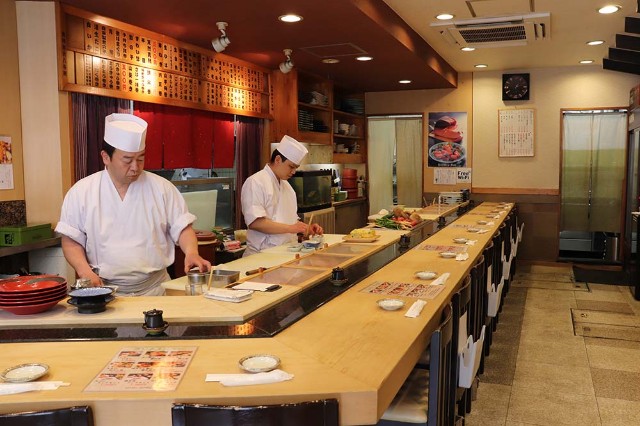A Parent’s Guide to Japanese Cuisine Restaurants: Navigating the Menu with Your Kids
Welcome to the Flavors of Japan!
Hello there, lovely parents! Are you considering introducing your little ones to the incredible world of Japanese cuisine? Fantastic choice! Not only is Japanese food delicious, aesthetically pleasing, and healthy, it’s an adventure for the taste buds that the whole family can enjoy.
Whether you’re planning to celebrate a special occasion or just trying something new for dinner, this guide is all you need to ensure everyone leaves the table with happy tummies and smiling faces. Let’s embark on this culinary trip to Japan, shall we?
Benefits of Japanese Food for the Family
Before we explore the menu, let’s talk about why Japanese food is a great option for families. It’s balanced, often includes plenty of vegetables and fish, and is made with less oil—making it a heart-healthy option. Plus, many dishes are fun to eat, which is always a bonus for the kiddos!
Embracing Cultural Aspects at the Table
Going to a Japanese restaurant is about more than just the food—it’s an opportunity to immerse your family in a new culture. Teach your kids some fun dining etiquette, like saying ‘itadakimasu’ before eating— it means “I gratefully receive” and shows appreciation for the meal. Or, if you’re feeling adventurous, try using chopsticks! Many restaurants provide kid-friendly versions to help little hands master the technique.
Concluding with Sweetness: Japanese Desserts for Kids
No meal is complete without dessert! Japanese sweets often feature unique ingredients like red bean paste and matcha. However, items like mochi ice cream—sweet rice dough wrapped around ice cream—can be a delightful and playful end to your dining experience.

5 Things Parents Should Know Before Visiting a Japanese Restaurant
Embarking on a delightful journey to a Japanese restaurant? Here are five essential tips to make your family’s dining experience thoroughly enjoyable and hassle-free.
- Check the Menu in Advance: Many Japanese restaurants have online menus available. Take a peek before you visit to find options you think your kids will love. Look for items that are less adventurous if you’re unsure about their willingness to try new foods.
- Teach Cultural Fun Facts: Make the outing educational. Discuss with your children the origin of certain dishes or the cultural significance behind Japanese dining practices. It’s a great way to spark curiosity and excitement for the meal to come.
- Be Prepared for New Flavors: Japanese cuisine might include unfamiliar flavors to your kids. Prep them by talking about the importance of trying new things and encourage them to have an open mind. Start with mild flavors and work your way up.
- Dining Etiquette and Atmosphere: Japanese dining often has a different atmosphere than what your family might be used to. It can be quieter and more formal. Discuss this with your kids to set expectations about the kind of behavior that’s appreciated in such settings.
- Plan for Dietary Restrictions: If there are allergies or dietary restrictions in your family, research how these can be accommodated. Many Japanese dishes feature seafood, soy, and wheat, so it’s essential to communicate with the restaurant beforehand.
With this knowledge in hand, you’ll be all set to have a fabulous dining experience that could open up a whole new world of tastes and traditions for you and your children!
For more great articles please see here. For more information see here
Disclaimer
The articles available via our website provide general information only and we strongly urge readers to exercise caution and conduct their own thorough research and fact-checking. The information presented should not be taken as absolute truth, and, to the maximum extent permitted by law, we will not be held liable for any inaccuracies or errors in the content. It is essential for individuals to independently verify and validate the information before making any decisions or taking any actions based on the articles.




